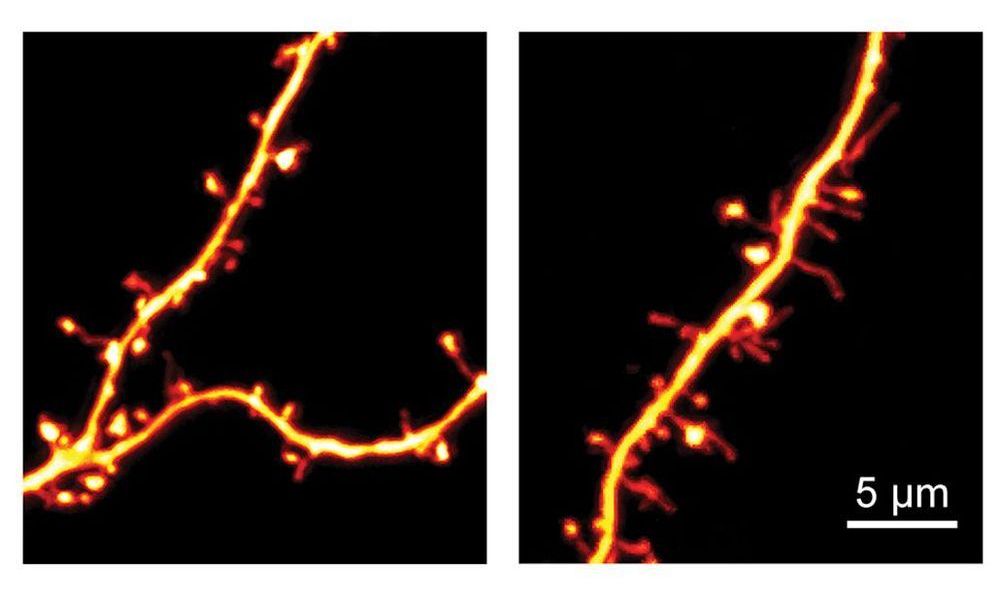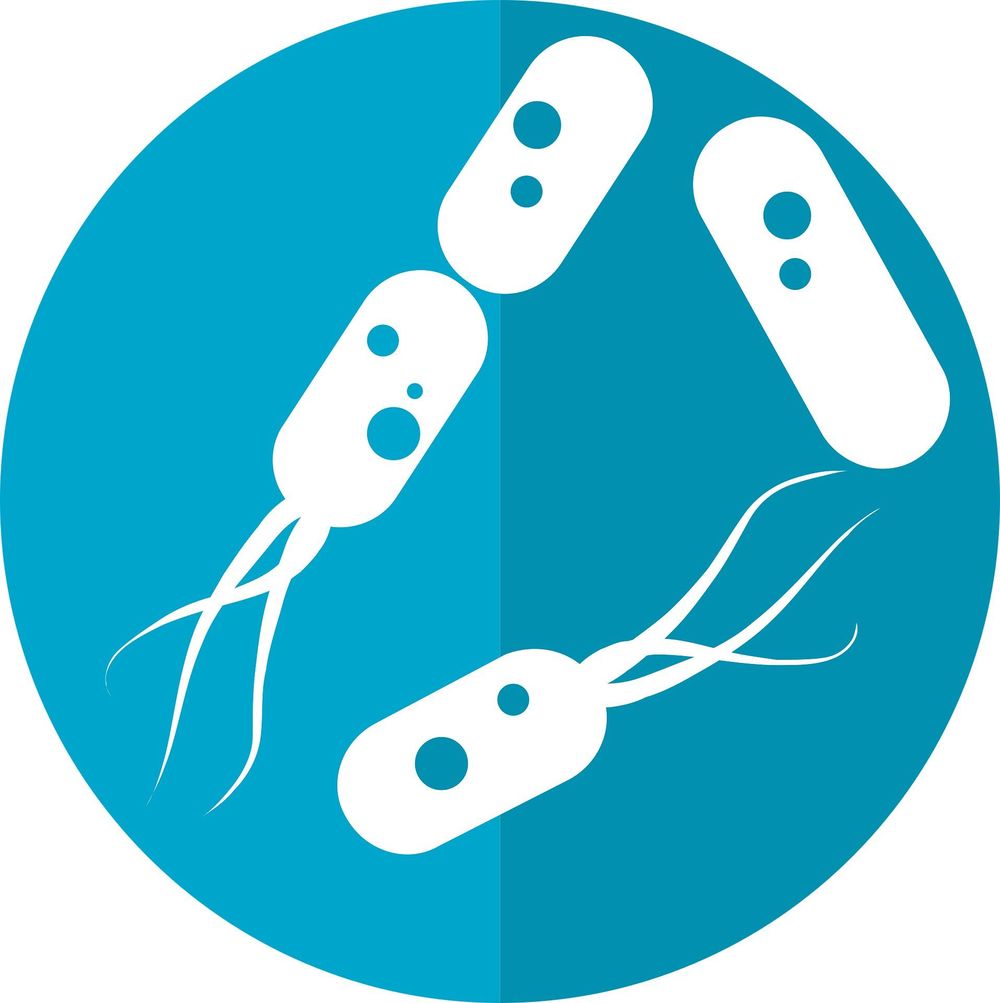Hayley Harrison sent me this video taken-filmed by Andrés Grases and posted it to Youtube… I know for a certainty that Gene therapy will not increase Life span into 125 or beyond years due to the Animal Eukartyotic cell of the earth having a plague that infects all cells into mutation and early cell death.
This year I had the privilege to record in full Liz Parrish talk delivered at RAADfest 2019 (Revolution Against Aging and Death Festival 2019), which took place in Las Vegas, NV from 3 to 6 of October.
During her talk, Liz tells us about recent developments in the field of gene therapy and what her company BioViva is doing to benefit society by harnessing the power of it.
At the end there is also a 10 min long Q&A session, so don’t miss the video, it’s quite enlightening.





